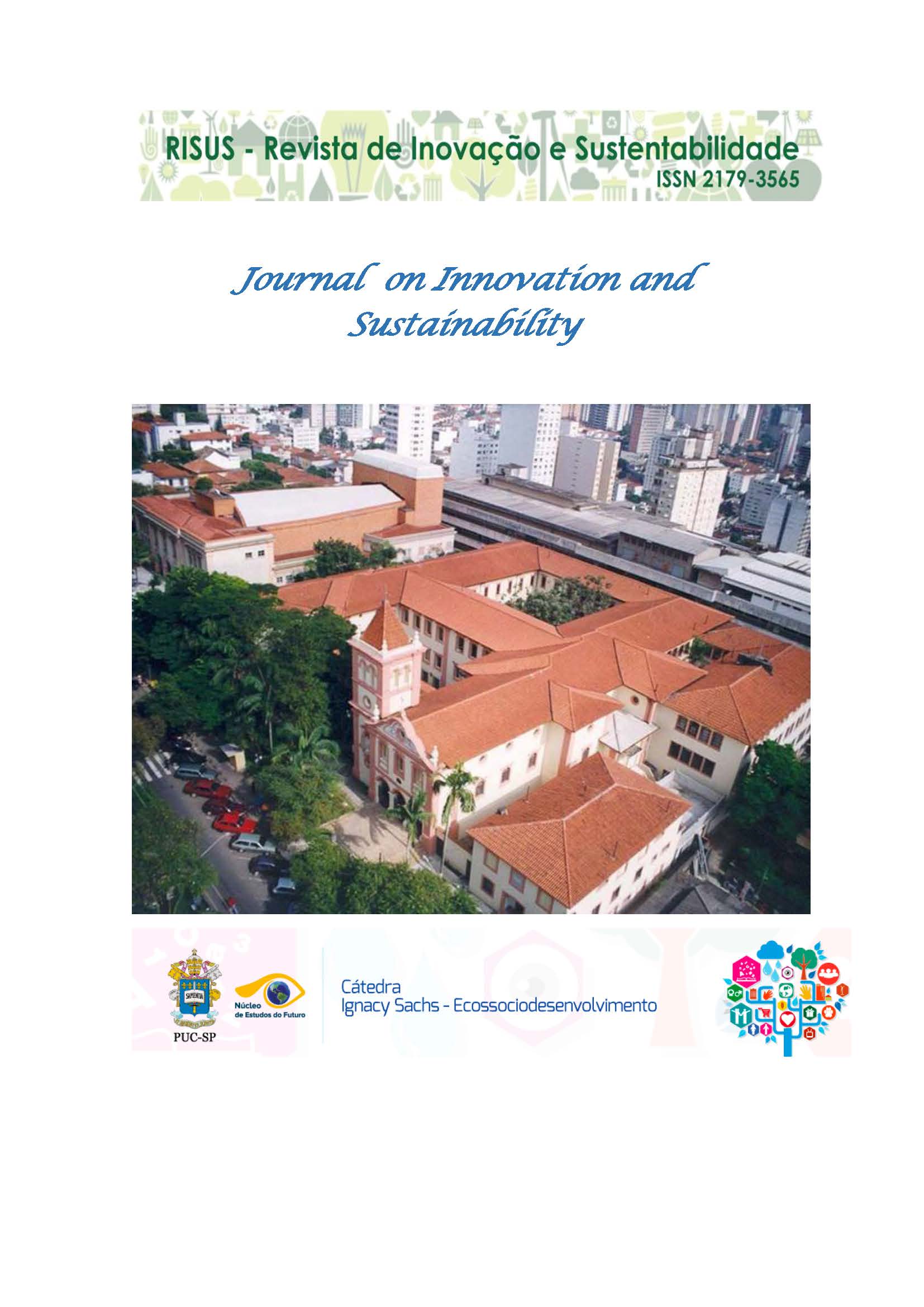The cost-effectiveness of fibre optic technology deployment in rural area
a case study of Mdantsane
DOI:
https://doi.org/10.23925/2179-3565.2022v13i2p111-123Keywords:
Fibre optic, Deployment, Broadband, NetworkingAbstract
Studies have shown that the majority of the global population are migrating from rural to urban areas. People are leaving rural areas due to poor services such as poor broadband service. Fibre optic technology has been introduced as a solution to poor broadband quality. However, as a result of the peculiar characteristics of South Africa's rural areas, the majority of the telecommunication operators are hesitant to invest in ICT in rural areas because it tends to be much less profitable. Hence, the study of how cost-effective it would be to deploy a fibre optic network in rural areas as compared to the current wireless (LTE) network remains an open issue. This study investigates the cost-effectiveness of deploying a fibre optic network in the rural area of Mdantsane township, by analysing the installation and operation costs of fibre optic networks in comparison to the cost of wireless (LTE) networks. The finding of the study amongst others showed that while fibre optic networks seem to be great, however, they come at a cost. The cost of drilling and trenching associated with the deployment of fibre optic networks was reported as the key reason why the network deployment is costly. Hence, reducing the cost of drilling and trenching would reduce the cost significantly. The study suggests that, to lower fibre optic deployment costs, network operators should collaborate and share costs through a customised pricing model that benefits both the operators and rural internet users.
References
Alison, G. “Between two stools: Broadband policy in South Africa,” South African Journal of Information and Communication, 2007(8), pp. 53-77, 2007. https://doi.org/10.23962/10539/19787
Al-Quzwini, M. “Design and Implementation of a Fibre to the Home FTTH Access Network based on GPON,” International Journal of Computer Applications, 92(6), pp. 30–42, 2014. https://doi.org/10.5120/16015-5050
Angelou, G.; Economides, A. “Broadband Business Opportunities for Utility-Based Firms in the New Era: Modeling the Competition,” In: IEEE Fourth Balkan Conference on Informatics, Greece, 2009, pp. 209–214.
Beneke, J.H. South Africa: The Long Walk to Broadband Freedom, 2018, pp. 13-28.
Brian, G. “Community Fiber Broadband in North Carolina: A Comparative Analysis,” MSc thesis, 2020. https://doi.org/10.17615/8ccv-bv14.
Byanyuma, M.; Kalolo, S.; Mrutu, S.I.; Nyakyi, C.; Sam, A. “Affordable broadband connectivity for rural areas,” In Pan African International Conference on Information Science, Computing and Telecommunications (PACT), 2013 pp. 62–65. https://doi.org/10.1109/SCAT.2013.7055090
Chetty, M.; Sundaresan, S.; Muckaden, S.; Feamster, N.; Calandro, E. “Measuring broadband performance in South Africa,” In: 4th Annual Symposium on Computing for Development - ACM DEV-4 ’13., Cape Town, South Africa, pp. 1–10, 2013.
Esselaar, S.; Gillwald, A.; Moyo, M.; Naidoo, K. “South African ICT Sector Performance Review,” Towards Evidence-based ICT Policy and Regulation, 2010, Vol. 2(6), 2010 2009/2010 46.
Goldstuck, A. “Internet Matters: The Quiet Engine of the South African Economy,” pp. 38-50, 2017. [Online]: https://hsf.org.za/publications/focus/focus-66/AGoldstuck.pdf
Gwaka, L.T.; May, J.; Tucker, W. “Towards low-cost community networks in rural communities: The impact of context using the case study of Beitbridge, Zimbabwe,” Electronic Journal of Information Systems in Developing Countries, 2018, 84(3). https://doi.org/10.1002/isd2.12029
Hoffman, A.J.; Wet de, D.P. “Broadband Internet access for rural Africa: finding a viable model,” In: 2nd International Conference on applied informatics and computing theory, 2017.
Jay, S.; Neumann, K.H.; Plückebaum, T. “Comparing FTTH access networks based on P2P and PMP fibre topologies,” Telecommunication Policy, 2014, 38(5-6), pp. 415–425. https://doi.org/10.1016/j.telpol.2013.04.010
Mamabolo, S.; Solms, S.V.; Marnewick, A. University of Johannesburg 88, 2019.
Mohammadani, K.H.; Butt, R.A.; Memon, K.A.; Hassan, F.; Majeed, A.; Kumar, R. “Highest Cost First-Based QoS Mapping Scheme for Fibre Wireless Architecture,” Photonics 2020, 7(4), 114. https://doi.org/10.3390/photonics7040114
Moroeng, L.H. “Fixed-to-Mobile Broadband Substitution in South Africa,” 2012.
Ntsandeni, A. “Innovation-based competitive differentiation amongst South African fibre to the home (FTTH) operators,” M. Man. Thesis, WITS, South Africa, 2018.
Pernegger, L.; Godehart, S. “Townships in the South African Geographic Landscape – Physical and Social Legacies and Challenges” TTRI, South Africa, 2007.
Rametta, C.; Schembra, G. “Designing a Softwarized Network Deployed on a Fleet of Drones for Rural Zone Monitoring,” Future Internet, 2017, 9(1), 8. https://doi.org/10.3390/fi9010008
Seymour, L.F.; Naidoo, M. “The Usage and Impact of Broadband: A South African Household analysis,” Electronic Journal of Information Systems Evaluation, 16(2), pp. 223-234, 2013.
Tahon, M.; Van Ooteghem, J.; Casier, K.; Verbrugge, S.; Colle, D.; Pickavet, M.; Demeester, P. “Improving the FTTH business case–A joint telco-utility network rollout model,” Telecommunications Policy, 2015, 38(5-6), p. 426–437.https://doi.org/10.1016/j.telpol.2013.01.004
Verbrugge, S.; Casier, K.; Lannoo, B.; Machuca, C.M.; Monath, T.; Kind, M.; Forzati, M. “Research Approach towards the Profitability of Future FTTH Business Models,” Future Network & mobile summit, 2017, pp. 1-10.
Whitacre, B.; Gallardo, R.; Strover, S. “Broadband contribution to economic growth in rural areas: Moving towards a causal relationship,” Telecommunications Policy, 2014, 38, pp. 1011–1023. https://doi.org/10.1016/j.telpol.2014.05.005

Downloads
Published
Issue
Section
License
This Journal is licensed under a Creative Commons Attribution-Non Commercial-No Derivers 4.0 International license.
1.The author (s) authorize the publication of the article in the journal;
2.The author (s) warrant that the contribution is original and unpublished and is not in the process of being evaluated in other journal (s);
3. The journal is not responsible for the opinions, ideas and concepts emitted in the texts, as they are the sole responsibility of its author (s);
4. The editors are entitled to make textual adjustments and to adapt the articles to the standards of publication.

